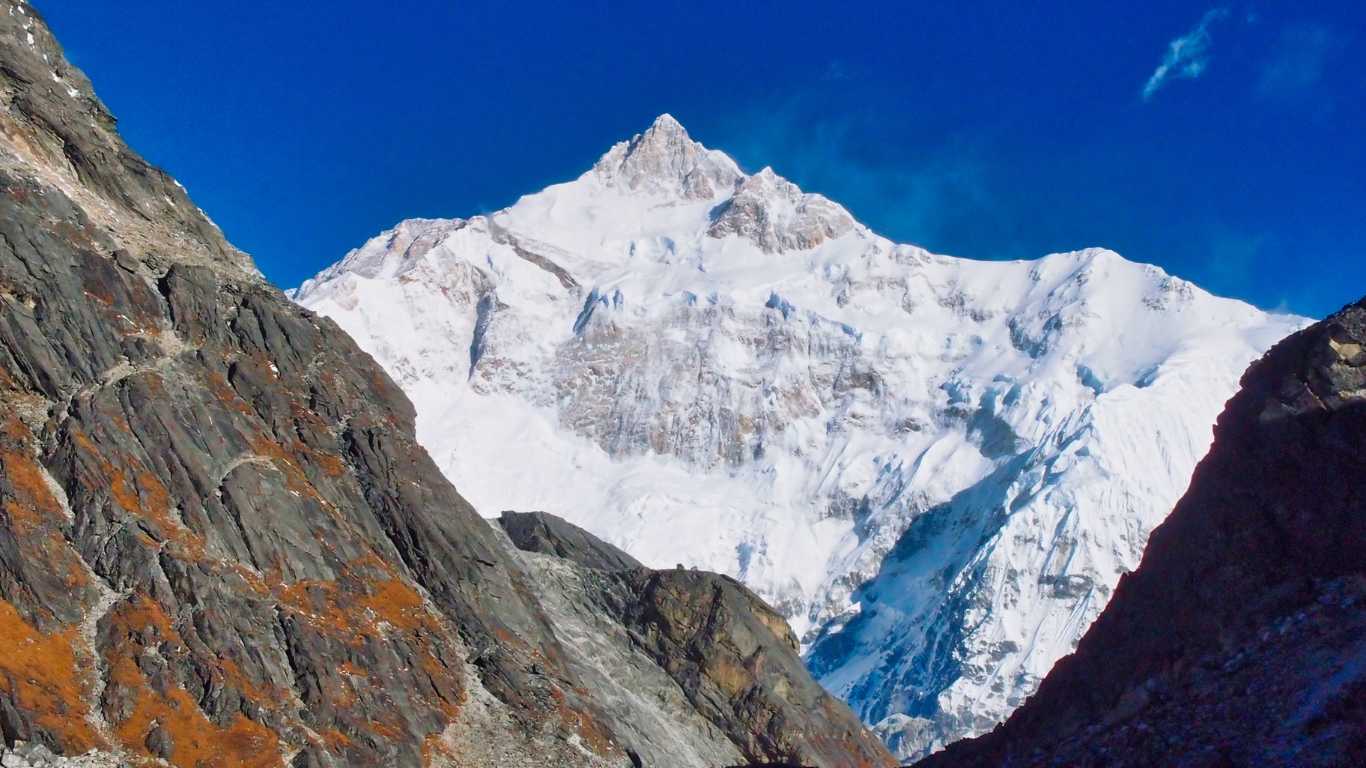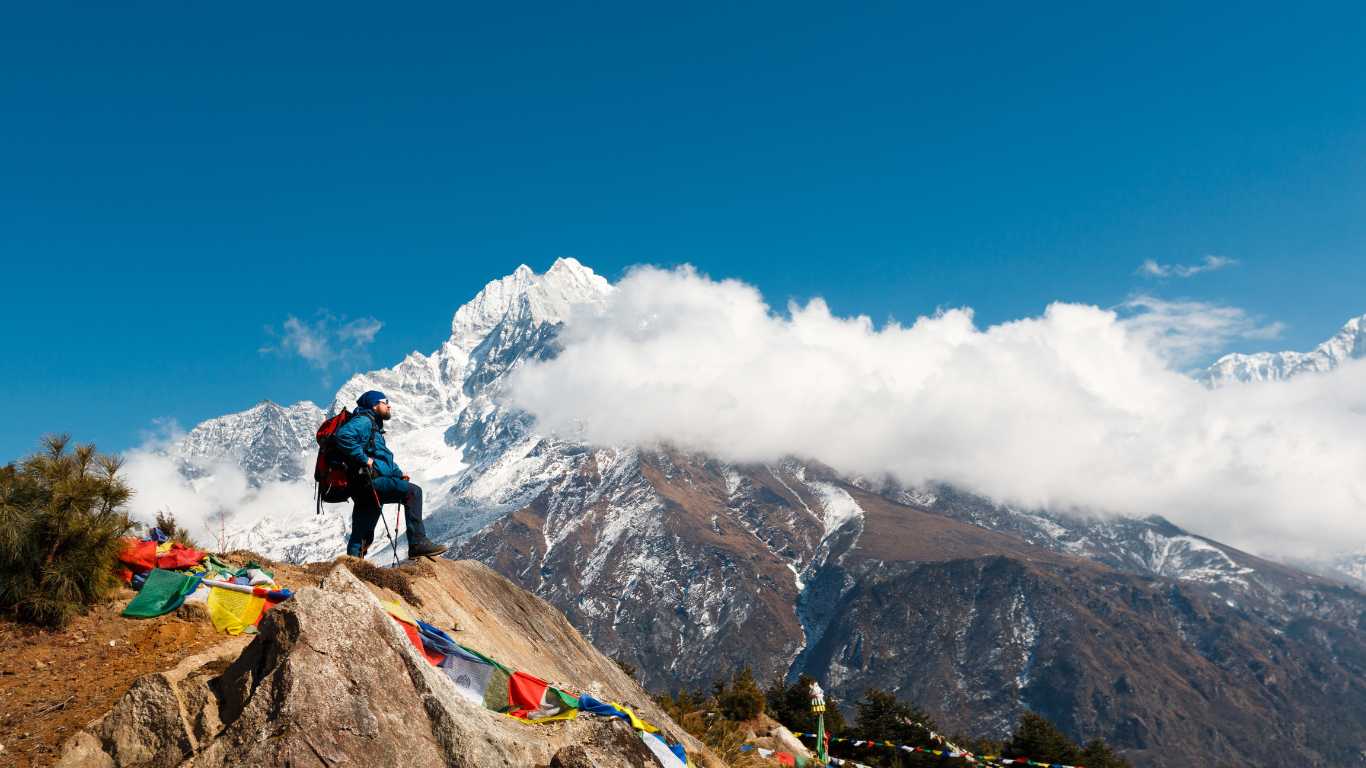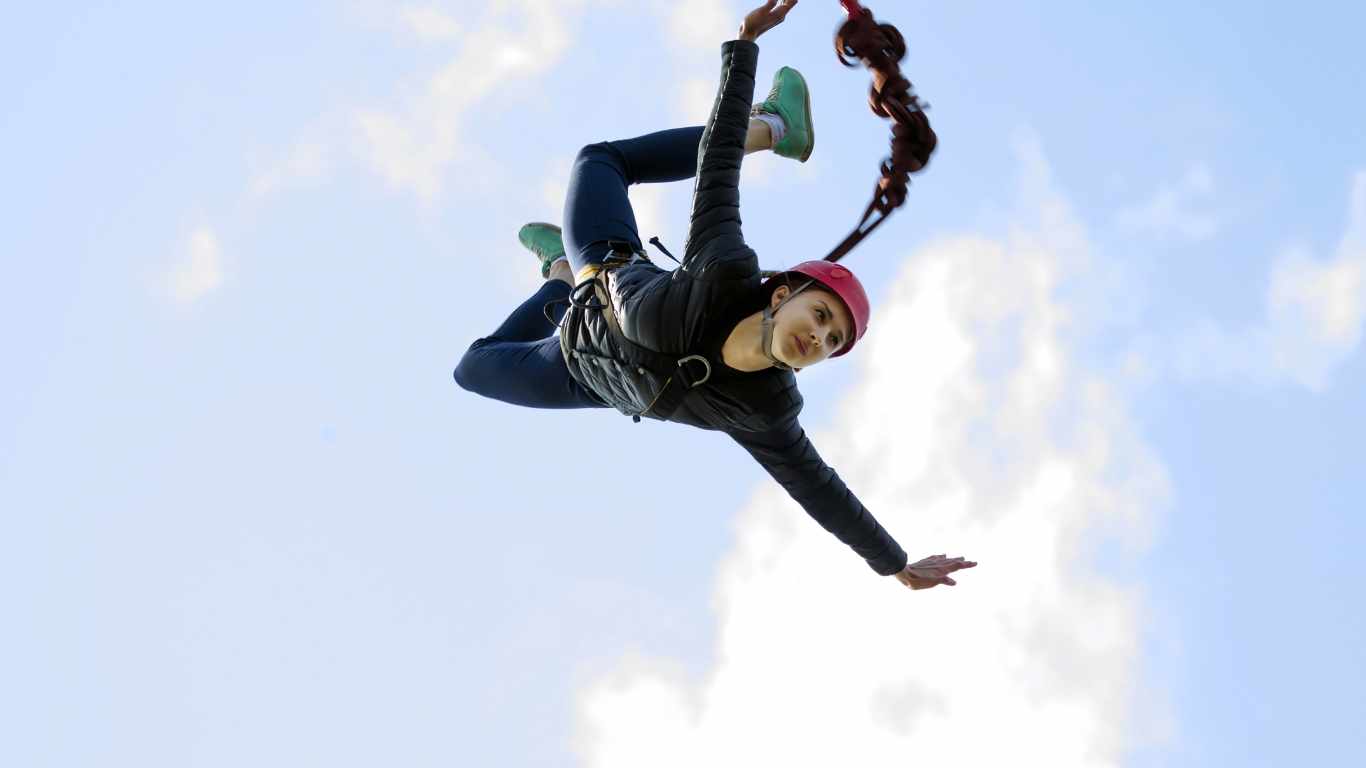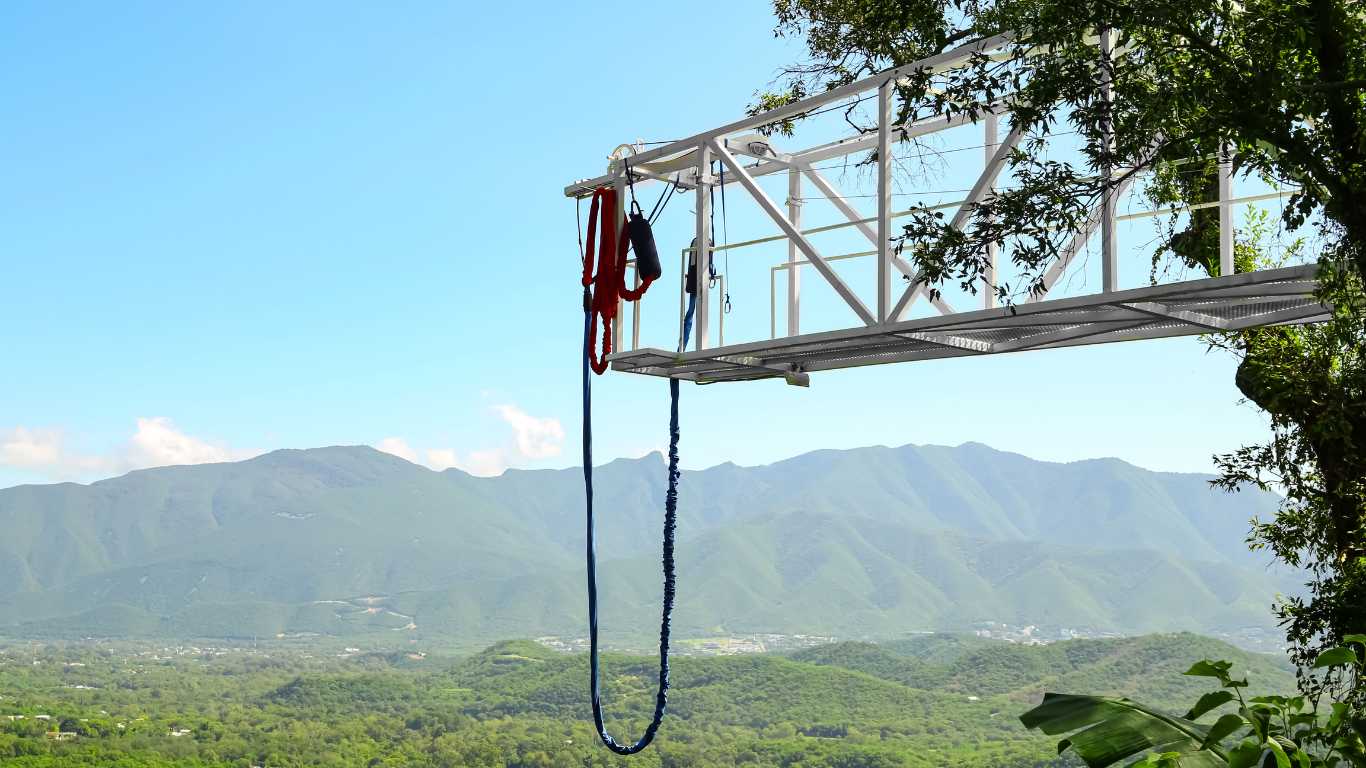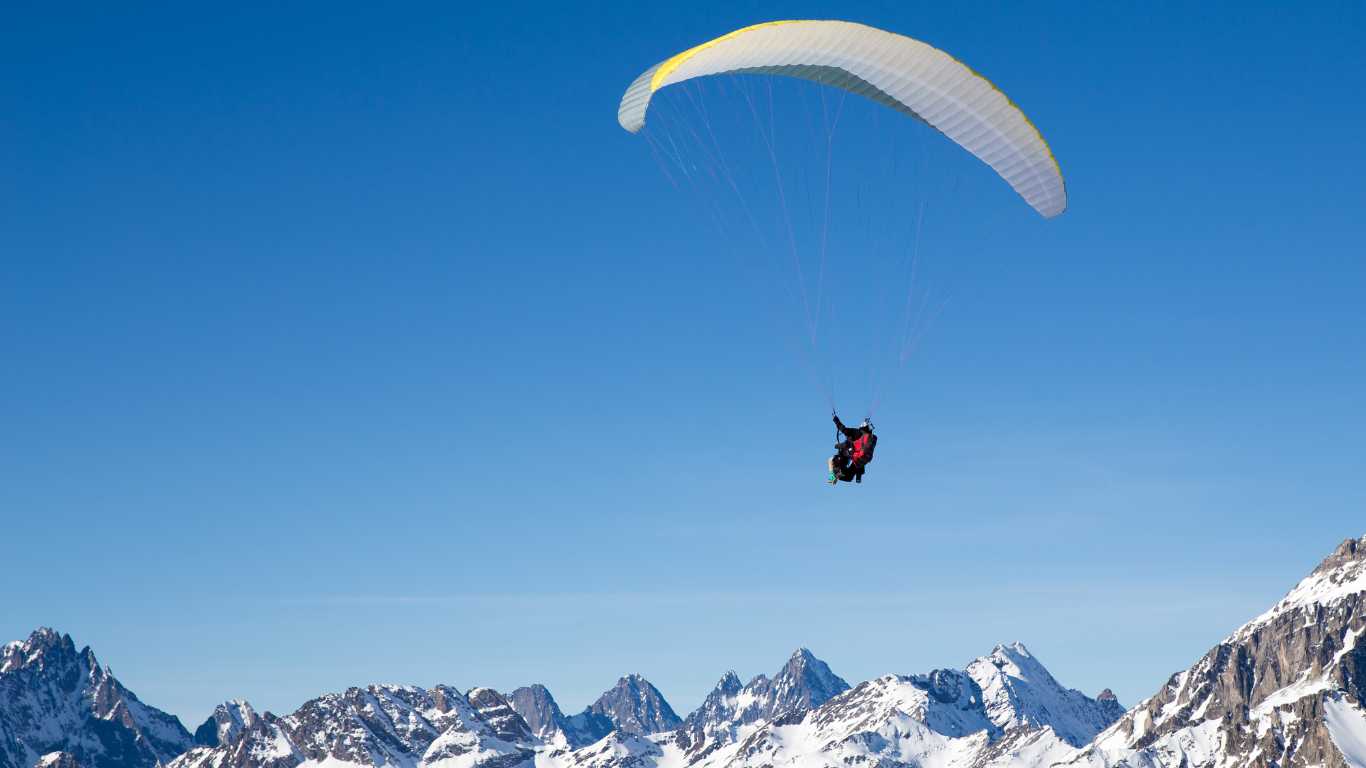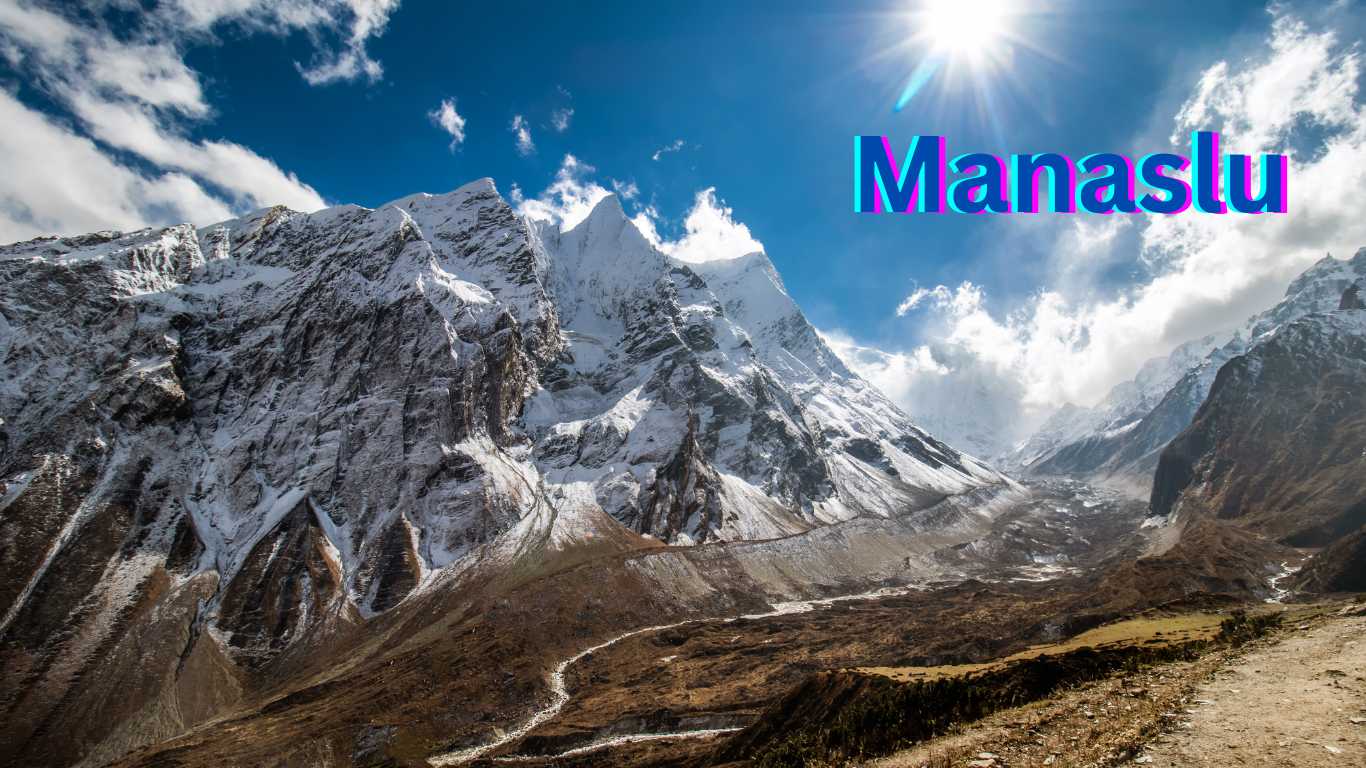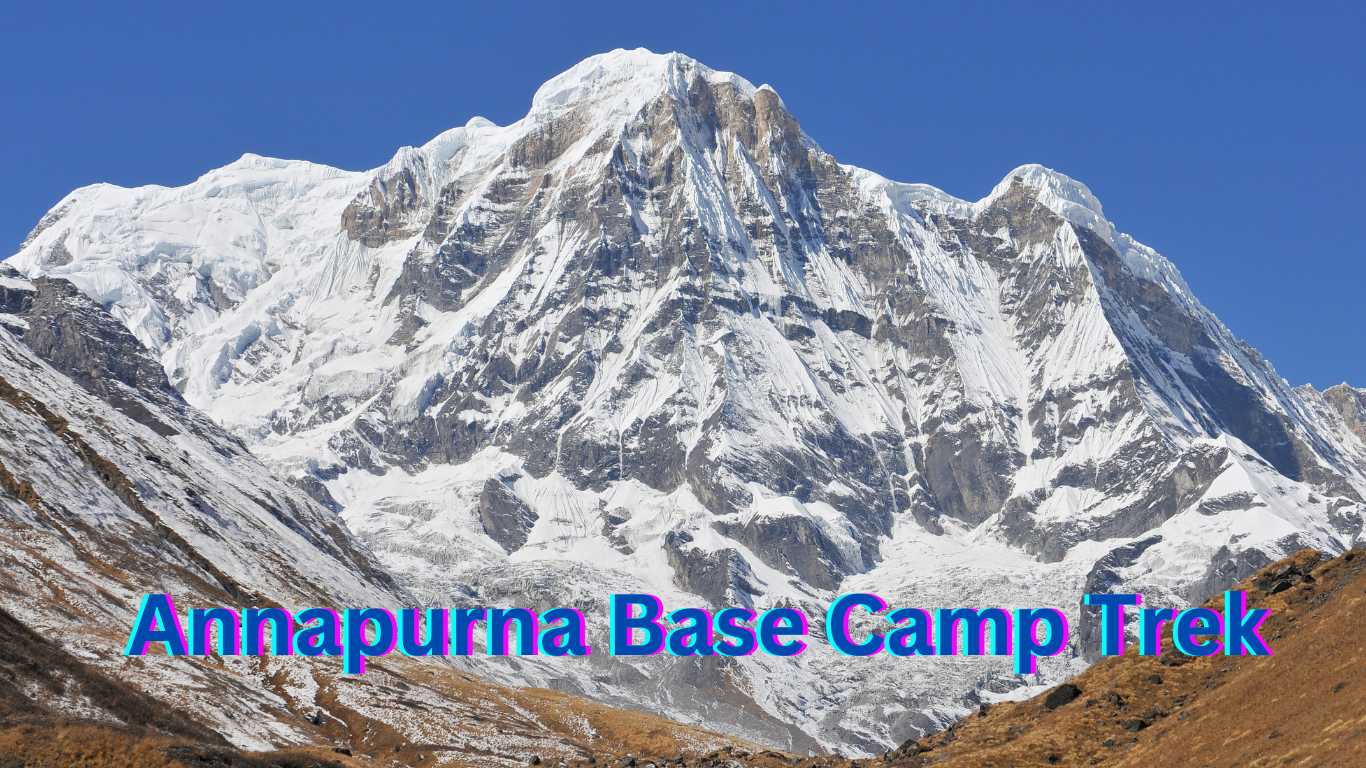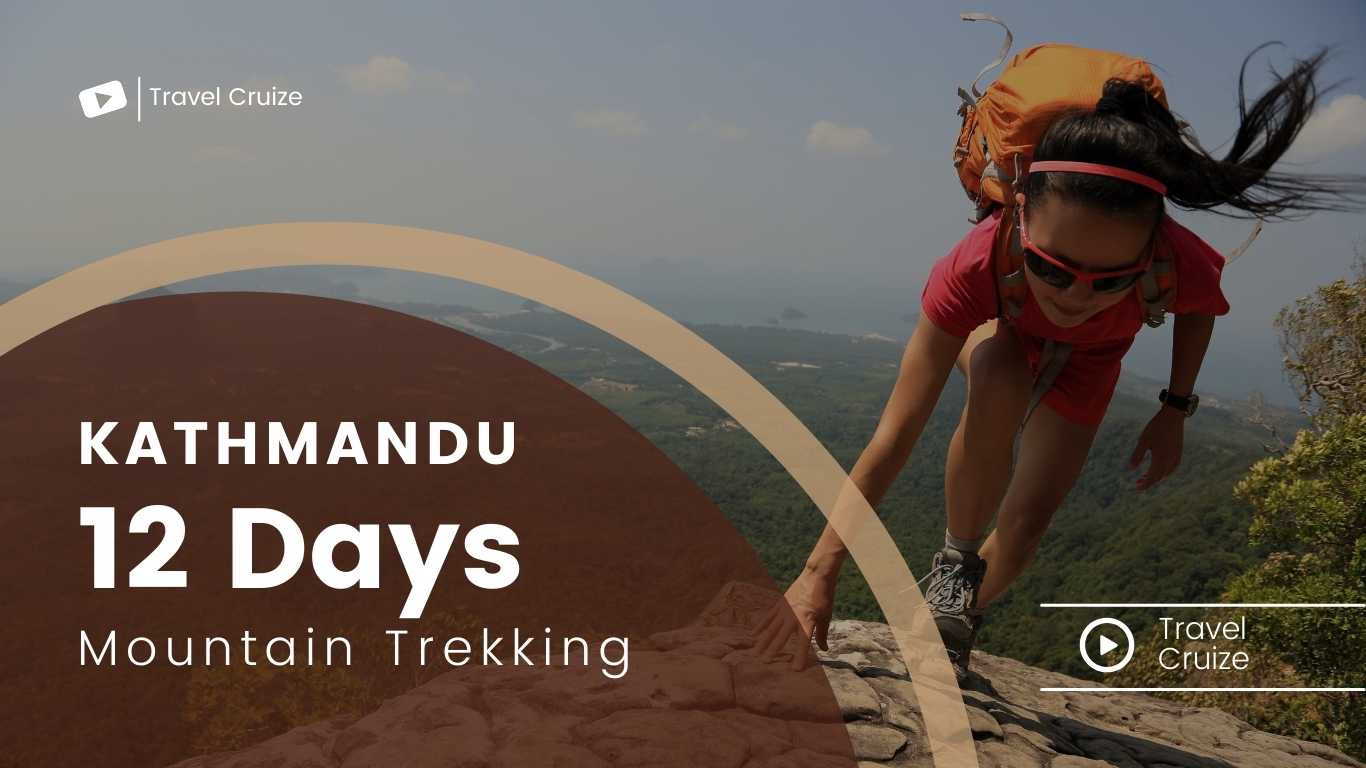Trekking In Sikkim – A Himalayan Adventure
Nestled in the northeastern part of India, Sikkim stands as a pristine Himalayan treasure, inviting intrepid adventurers to explore its rugged landscapes and immerse themselves in a unique blend of cultural diversity. This Himalayan state is renowned for its dramatic mountain vistas, dense forests, and tapestry of diverse cultures, making it an exceptional trekking destination. With towering peaks like Kanchenjunga and a network of ancient trails, Sikkim offers a range of trekking experiences, from serene nature walks to challenging high-altitude adventures. This guide will unlock the secrets of trekking in Sikkim, providing insights into its top destinations, preparation, cultural richness, and much more. Best Time to Trek in Sikkim Sikkim’s breathtaking landscapes, with their snow-capped peaks, lush forests, and pristine lakes, beckon trekkers year-round. However, the best time to trek in this Himalayan wonderland depends on your preferences, the trekking route, and the weather conditions you are comfortable with. Here’s a breakdown of the best times to trek in Sikkim: 1. Spring (March to May): 2. Summer (June to September): 3. Autumn (October to November): 4. Winter (December to February): 5. Pre-Monsoon (Late February): The best time for your Sikkim trek depends on your preferences. If you seek vibrant flora, spring is ideal. For clear skies and post-monsoon freshness, choose autumn. Adventurous winter treks are for those who can handle the cold, while pre-monsoon offers a unique blend of seasons. Keep in mind that weather conditions can be unpredictable in the mountains, so always check local forecasts and trail conditions before embarking on your trek. Why Go Trekking In Sikkim? Trekking in Sikkim offers a myriad of compelling reasons to explore this Himalayan paradise: Trekking in Sikkim offers a blend of natural beauty, cultural diversity, adventure, and tranquility that few places can match. It’s an opportunity to disconnect from the hustle and bustle of daily life and reconnect with the splendor of the Himalayas and the warmth of its people. Top Trekking Destinations in Sikkim Nestled in the Himalayas, Sikkim offers a treasure trove of trekking experiences. From the awe-inspiring Kanchenjunga Base Camp to the lush rhododendron forests of Goechala, these top destinations promise adventure, natural beauty, and encounters with diverse cultures. This guide will unveil the finest trekking spots in Sikkim, each with its own unique charm, challenging trails, and breathtaking vistas. Get ready to embark on a Himalayan journey like no other. Goechala Trek The Goechala Trek is a pilgrimage for nature enthusiasts and adventure seekers alike, nestled in the heart of Sikkim’s pristine landscapes. Offering a mesmerizing blend of dense forests, alpine meadows, and jaw-dropping views of the world’s third-highest peak, Mount Kanchenjunga, this trek ranks among Sikkim’s most sought-after experiences. Highlights: Difficulty Level: The Goechala Trek is considered moderately difficult. Trekkers should be in good physical condition, as the trail includes steep ascents and descents, river crossings, and the challenge of high altitudes. Ideal Duration: The trek typically spans 8 to 10 days, allowing trekkers to acclimatize to the altitude gradually. Permits and Regulations: All trekkers must obtain permits from the Sikkim Tourism Department and should ideally be accompanied by licensed local guides to ensure safety and compliance with environmental regulations. Best Time to Trek: The best time to embark on the Goechala Trek is during the spring (March to May) and autumn (October to November), when the weather is pleasant, and the views are at their best. Recommended Itineraries: Several itineraries cater to different preferences and fitness levels. A popular option is to begin the trek from Yuksom and return via the same route, or continue towards Dzongri and descend to Tshoka for a circular trek. The Goechala Trek promises an unforgettable journey through the Himalayas, offering trekkers a chance to witness the natural grandeur of Sikkim and forge lasting memories amidst one of the world’s most spectacular mountain ranges. Kanchenjunga Base Camp Trek The Kanchenjunga Base Camp Trek, named after the towering Kanchenjunga, the world’s third-highest mountain, is a testament to Sikkim’s unspoiled beauty and challenging terrain. This epic journey takes trekkers deep into the lap of the Himalayas, providing an immersive experience in nature’s grandeur and a close encounter with the legends of the Eastern Himalayas. Highlights: Difficulty Level: The Kanchenjunga Base Camp Trek is considered strenuous, demanding strong physical fitness and acclimatization due to its high-altitude sections. Ideal Duration: This trek typically spans around 20 to 25 days, allowing trekkers ample time for acclimatization and exploration. Permits and Regulations: Trekkers must obtain permits from the Sikkim Tourism Department, and it’s advisable to hire experienced guides and porters to ensure safety and compliance with local regulations. Best Time to Trek: The ideal time for the Kanchenjunga Base Camp Trek is during the pre-monsoon (April to May) and post-monsoon (September to November) periods when the weather is most favorable for trekking. Recommended Itineraries: Several itineraries cater to different preferences and fitness levels. Most trekkers begin the journey from Yuksom and follow the Yambong route, offering a circular trek experience. The Kanchenjunga Base Camp Trek is a soul-stirring expedition that unveils the pristine beauty of Sikkim’s wilderness, offering trekkers a chance to stand in awe of Kanchenjunga’s grandeur and immerse themselves in the rich tapestry of culture and nature that defines this region. It’s an adventure of a lifetime for those willing to embark on this Himalayan odyssey. Dzongri Trek The Dzongri Trek, nestled in the heart of Sikkim’s stunning landscapes, is a captivating journey that introduces trekkers to the pristine beauty and rugged charm of the Himalayas. This trek is renowned for its panoramic vistas of towering peaks, serene alpine meadows, and a unique opportunity to witness the play of light on the mountains. Highlights: Difficulty Level: The Dzongri Trek is considered moderate in difficulty, making it accessible to trekkers with a reasonable level of fitness and prior trekking experience. Ideal Duration: Typically, this trek spans 8 to 10 days, allowing trekkers to acclimatize gradually and savor the surroundings. Permits and Regulations: Trekkers are required to obtain permits from the Sikkim Tourism Department. … Read more

